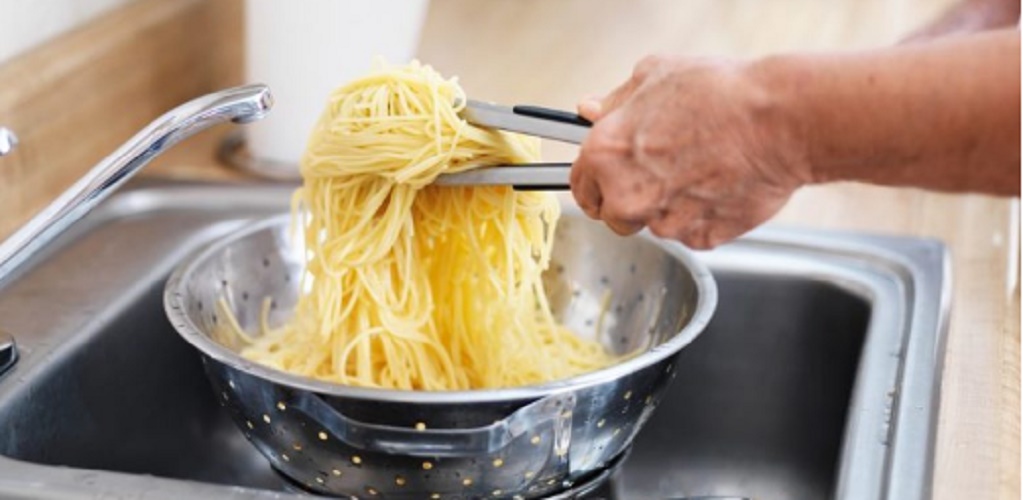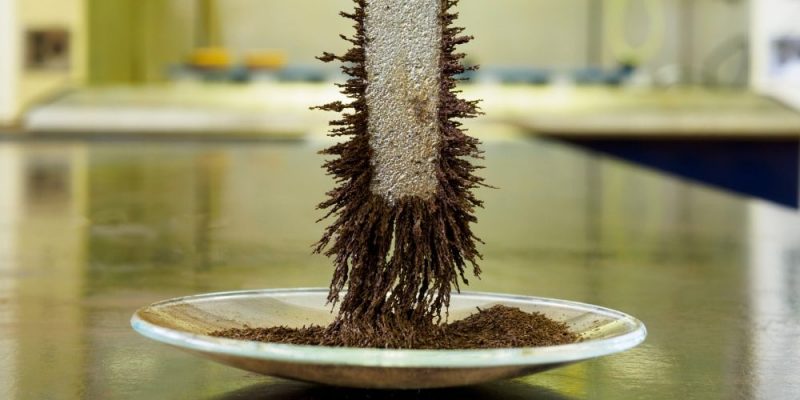What is filtration?
We explain what filtration is and the types that exist. In addition, some examples and methods of separation of mixtures.
-
What is filtration?
It is known as filtration technique to separate solids in suspension in a fluid (liquid or gas), employing a filter media: a porous solid which is now called sieve, filter or screen. This filter retains the larger solids and allows the passage of the fluid, together with the smaller particles.
The filtration process is thus very similar to that of sieving, except that the latter occurs between solid materials of different thickness or size. Filtration is part of the methods of separation of mixtures most used in the daily life of the human being and in its various industries, so there are also different devices capable of carrying it out with a varied range of precision.
There is also talk of leaks with regard to excess moisture that softens cement and other construction materials, allowing water to flood the pores of walls, ceilings and floors, breaking through and deteriorating them. In that case, it is the water that filters through the cement.
-
Types of filtration
Depending on the filter material used, we can distinguish various types of filtration:
- Ordinary filter . The one that is carried out with membranes or sieves whose holes are equal to or greater than one millimeter.
- Microfiltration . Which is done with sieves whose pores range between 0.1 and 10 microns.
- Ultrafiltration . This filtration process retains molecules whose weight exceeds 103 Dalton / gmol, allowing to separate proteins or disinfect water with bacteria.
- Nanofiltration . The finest of the filtrations, captures molecules without electric charge that weigh more than 200 Dalton / gmol, and is applied in the chemical industry to obtain specific substances.
-
Filtration Examples

Some daily examples of filtration may well be:
- Prepare coffee . To make coffee or other infusions, the substance (tea, coffee, etc.) is contacted with boiling or very hot water, to force it to release its contents in the water. Then they must be separated, and for that a filter is used, made of cloth or paper, which retains the thickest particles of the infusion (the so-called “erased” coffee) and lets the liquid pass .
- Filtration by broken pipes . As we explained before, the water of a broken pipe can accumulate and seep through the cement, softening its consistency and making its way downwards due to gravity , or upwards due to the pressure . In both cases, the water is filtered through the cement, leaving any particles on the other side of the wall.
- Water purifiers . Water filters have been operating for centuries by sifting water for drinking, either by especially porous stones (such as in jars or jars), or by papers, corks and other solids that serve to retain the particles that water brings and leave it as clean as possible.
- Strain the pasta . When we make pasta or spaghetti, we boil the food in water and then separate it by means of a strainer, which is nothing other than a thick filter, to retain the cooked pasta and discard the hot water.
-
Water filtration

Water filtration is a necessary process to guarantee its minimum potability , that is, it does not contain stones, earth, metals or other waste materials that may have dragged on its way to our homes.
For this purpose , filtering devices or mechanisms installed in the pipeline are used , which retain dirt and solid materials, allowing water to pass through their porous bodies. This mechanism does not prevent against microorganisms, so it guarantees only a first sanitary measure for water consumption .
-
Mix separation methods

Filtering is just one of the possible methods of separation of mixtures, that is, of the procedures we have when it comes to separating two or more substances that go together. Other methods of this nature are:
- Decanting . It consists in waiting for gravity to act on the solids present in a fluid, allowing them to settle and be mechanically removed. It can also be used with two liquids that have different densities, for example.
- Magnetic separation . To rescue metals or magnetic particles from a liquid or other solid, a magnet can be used, as it will attract the metal particles only, leaving the diamagnetic ones intact.
- Distillation . This procedure involves the evaporation of one of the two liquids involved in a mixture , to then allow it to condense in another container and also leave at the bottom of the original container the other liquid that has another different evaporation point.
- Evaporation . Similar to distillation , it allows to evaporate the liquid where some solid is dissolved, to recover the latter at the bottom of the container.





